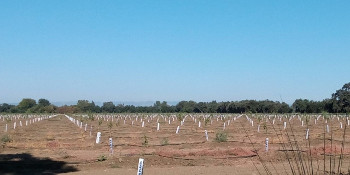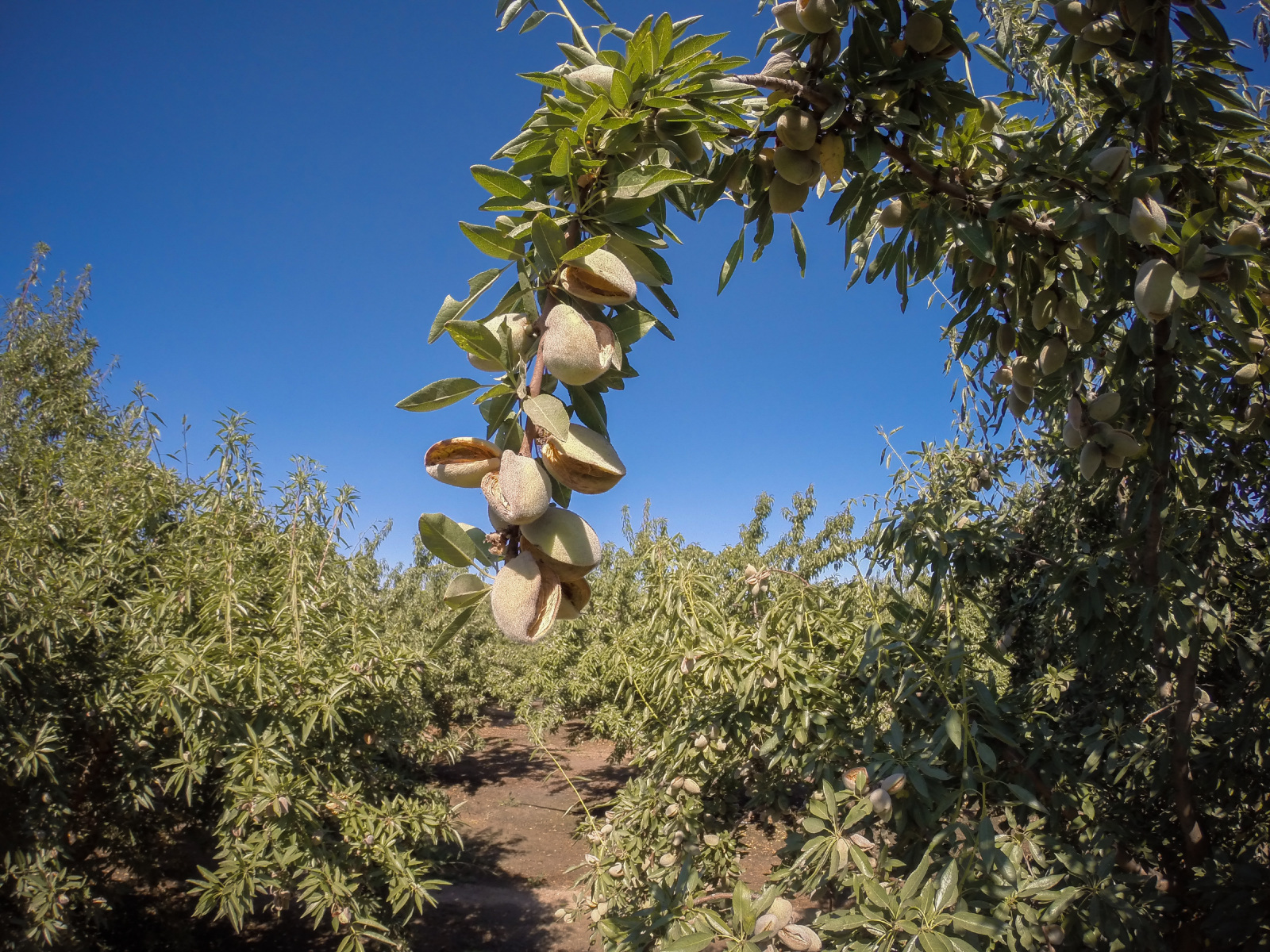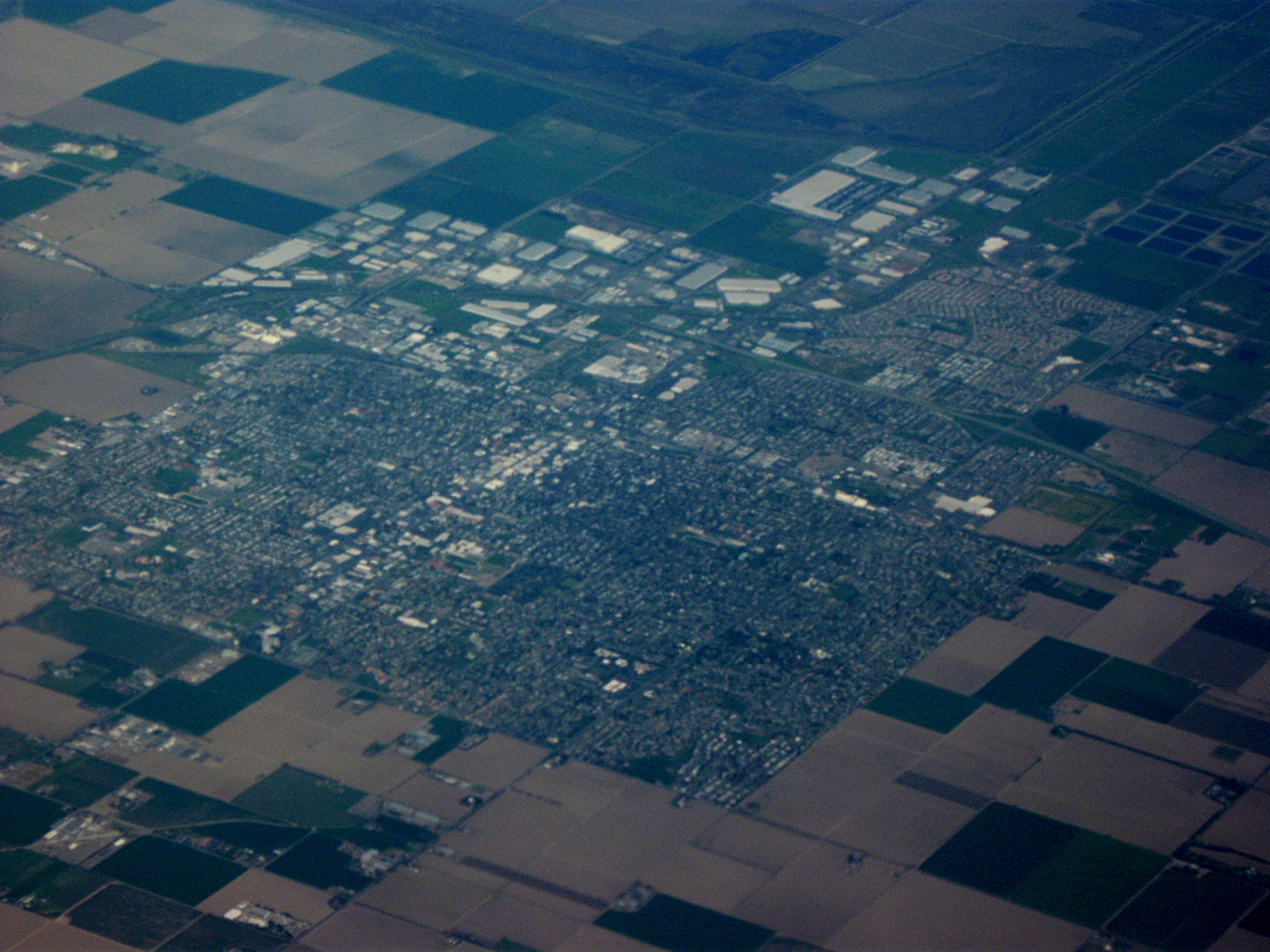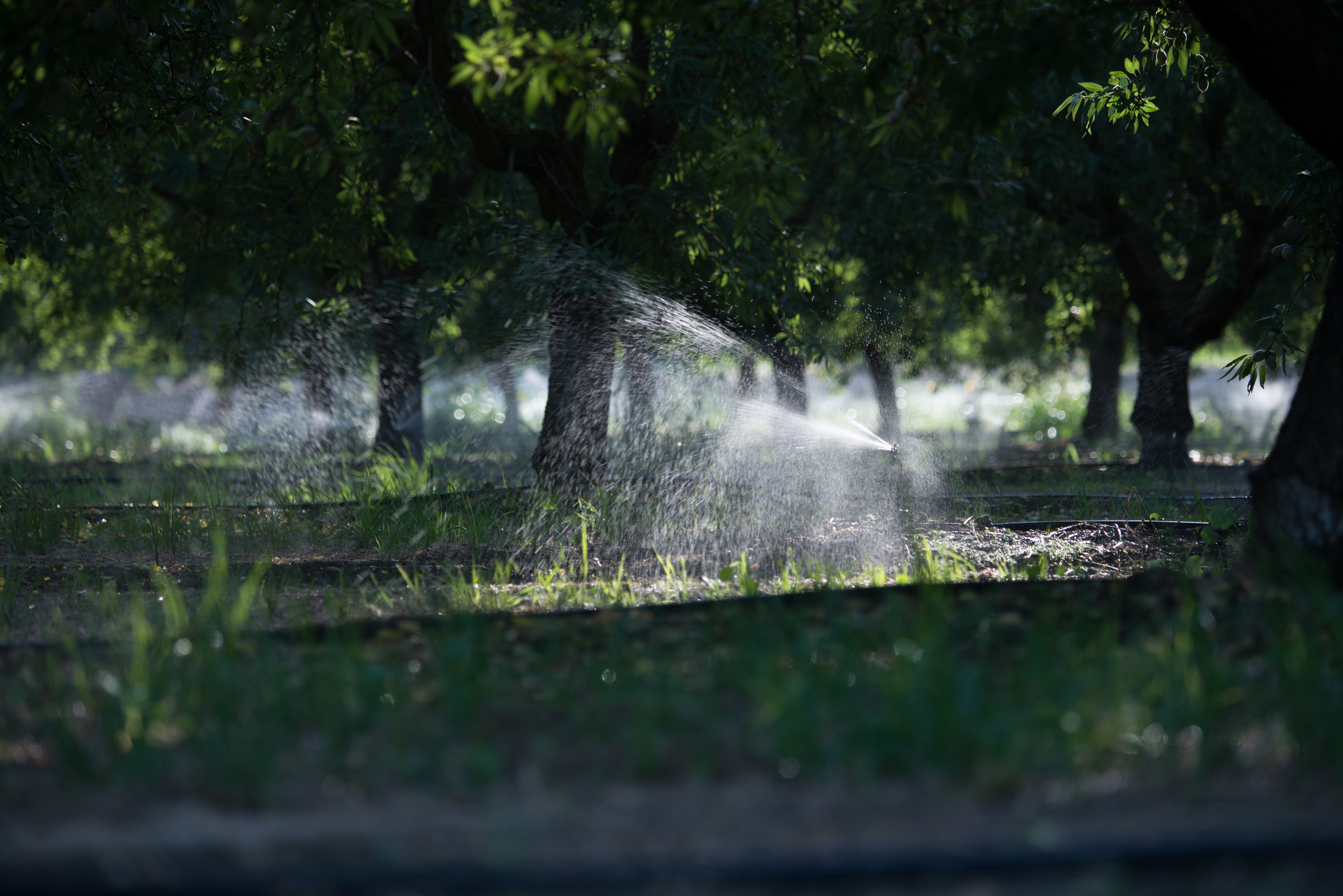In California’s Yolo County, SEI is bringing water users who have differing perspectives together to create a plan for sustainable use of groundwater.

Sustainability is an often used term, but its meaning can be elusive. In natural resource planning, deciding what’s sustainable is context-specific and requires stakeholders with often conflicting objectives to come together and develop a shared understanding of sustainability.
SEI’s work in California water resources management provides many examples of how researchers and decision makers can work together to articulate the abstract notion of sustainability into its locally-specific, multi-dimensional components. One such effort, “Implementing California’s Sustainable Groundwater Management Act: Farmer Perceptions And The Balance Of Groundwater And Economic Sustainability”, has been supported by a recent $484,764 grant from the U.S. Department of Agriculture. An interdisciplinary team of researchers led by SEI will work with water users in Yolo County, California, to help form their groundwater sustainability agency and to draft a groundwater management plan.
Groundwater provides a buffer that farmers who rely on irrigation can draw on in times of drought. But this economic benefit often comes at the cost of groundwater depletion from over-extraction, and associated impacts like land subsidence. This is especially true in areas like the U.S. High Plains and California’s Central Valley.

Economic and food security benefits of using water for farming are well known: California produces about 13% of U.S. agricultural output, including half of its fruit and vegetables. This production is very water intensive. The state draws 11% of the nation’s freshwater, with 80% of human water use going to agricultural irrigation. Aquifers supply 38% of California’s total water supply on average, and 74% of that groundwater extraction occurs in the Central Valley. A trend away from annual crops to perennial fruit and nut trees means farmers can no longer let land go fallow in times of drought. Trees must continue to be irrigated to survive, come rain or shine.
Meanwhile, cities, industry and the environment also demand water, and climate change is already reducing supply, causing an estimated 10% decline in average spring snowpack in the Sierra Nevada over the past century. When there’s less surface water flowing out of the mountains, users draw more from underground.
Until recently, the state left groundwater management as a voluntary activity up to local managers, except in “adjudicated basins” where the courts have stepped in to regulate groundwater use. That changed with the Sustainable Groundwater Management Act (SGMA), adopted in 2014. SGMA requires local water users to form groundwater sustainability agencies by 2017, start implementing sustainability plans by 2020 in basins drawing too much groundwater and 2022 elsewhere, and ensure they’re drawing a “sustainable” amount of groundwater by 2040.

The team working on this in Yolo County includes SEI biophysical scientists and systems modelers, economists from ERA Inc., and social scientists from the University of Vermont. The research team’s approach will guide a “sustainable” pathway for groundwater management using a formal participatory process that combines deep levels of stakeholder engagement with quantitative hydro-economic modeling. This results in development of a shared understanding of the vulnerabilities of a region’s water resources, along with management strategies that perform well under many uncertainties in the future.
Stakeholders and research teams work together to develop scenarios by elaborating on the main uncertainties of interest, such as climate change, the growth of cities changing agricultural land uses (like a shift toward more fruit and nut crops), and policies on groundwater management. They also determine what constitutes “good” performance of management strategies by setting desired levels of satisfaction across multiple objectives (e.g. economic, ecological, water supply etc). The research team’s role is formalizing the stakeholder engagement, building models driven by stakeholder input, and developing innovative visualizations of results that develop the shared vision of the region.
This type of deep interaction between researchers and stakeholders is called “co-learning” and helps make SEI’s objective of bridging science and policy a reality. Typically, a research team’s input is several steps removed from the process of making decisions with those tools, notes Charles Young, a senior scientist and the grant’s principal investigator in SEI’s Davis, California, office.
“I have not participated in work that was so close to an actual policy before,” Young says. “I’m excited to help a group of people with differing opinions and desires regularly meet, and come to understand each other’s desires and goals.”
The power of SEI’s approach is that quantitative modeling is driven by the participatory process, says SEI’s Vishal Mehta, a co-principal investigator in the project.
“Of course, it helps that we have a local presence,” he says. “Several years of working with the main water supplier in the county have built a level of trust that is absolutely necessary in resource planning.”
There are several reasons why Yolo County is a good place to test such work.

Lessons learned in this process will be summarized and shared with the broader community of California farmers and water managers, to inform development of groundwater sustainability plans statewide. The USDA grant activities will also include case studies of groundwater management in 20 basins around the country, and surveys that will capture Yolo County farmers’ likelihood of adopting one or more of the new local groundwater management policies that will be explored.
This process can work even with farmers who don’t believe in climate change, Young notes.
“We can talk about drought, which is what they can expect under climate change,” he says. “That’s fresh in everybody’s minds right now, given the fifth consecutive year of drought.”
Design and development by Soapbox.
